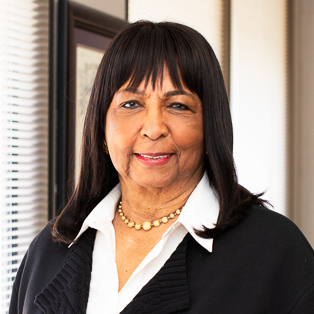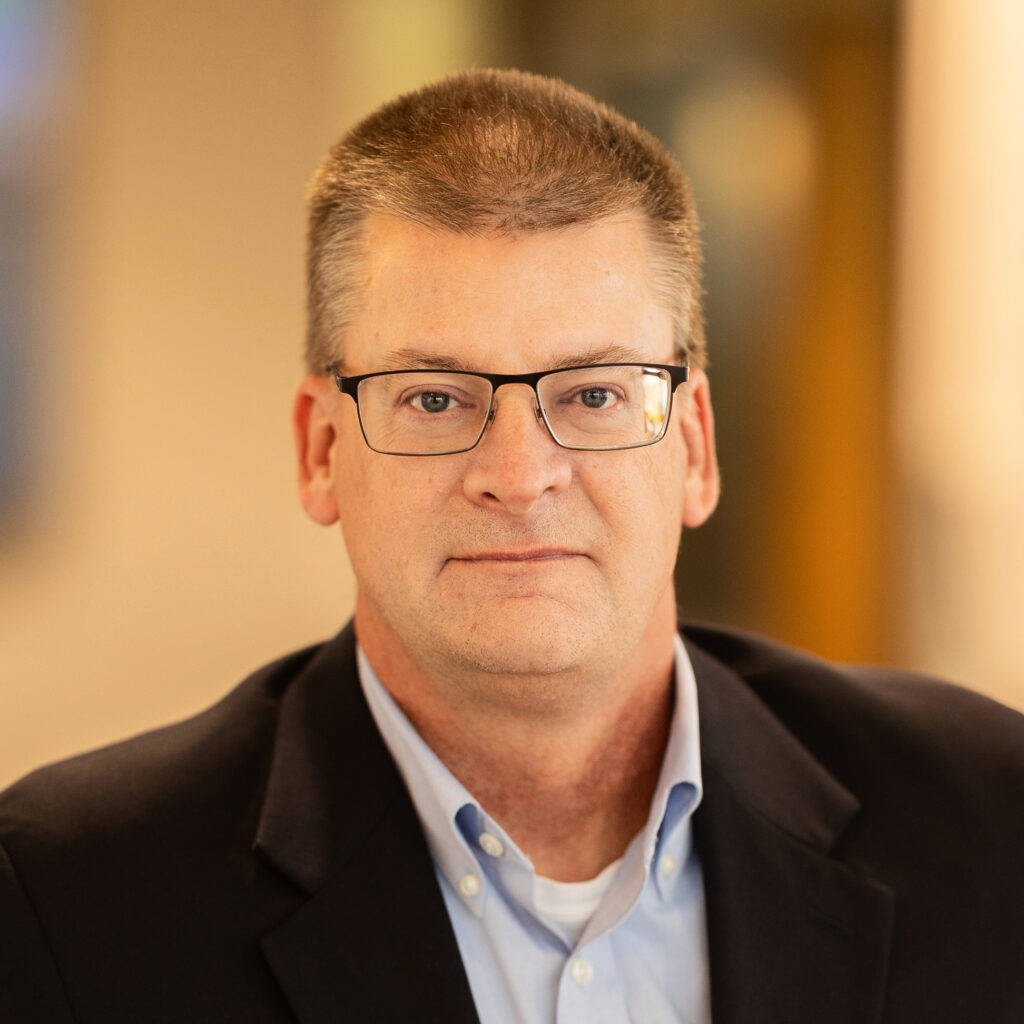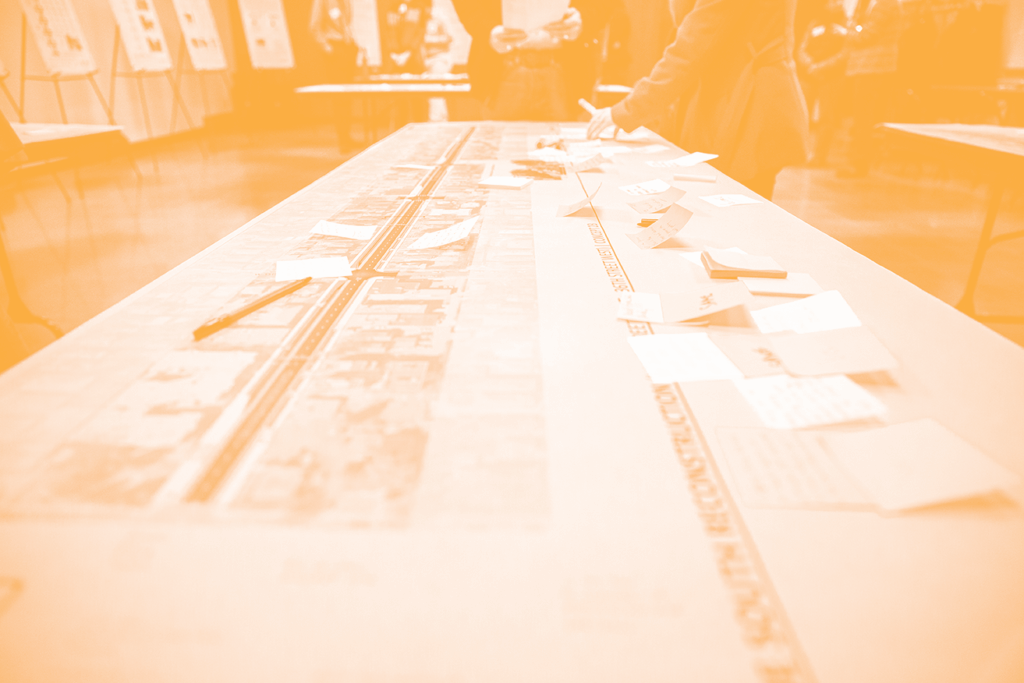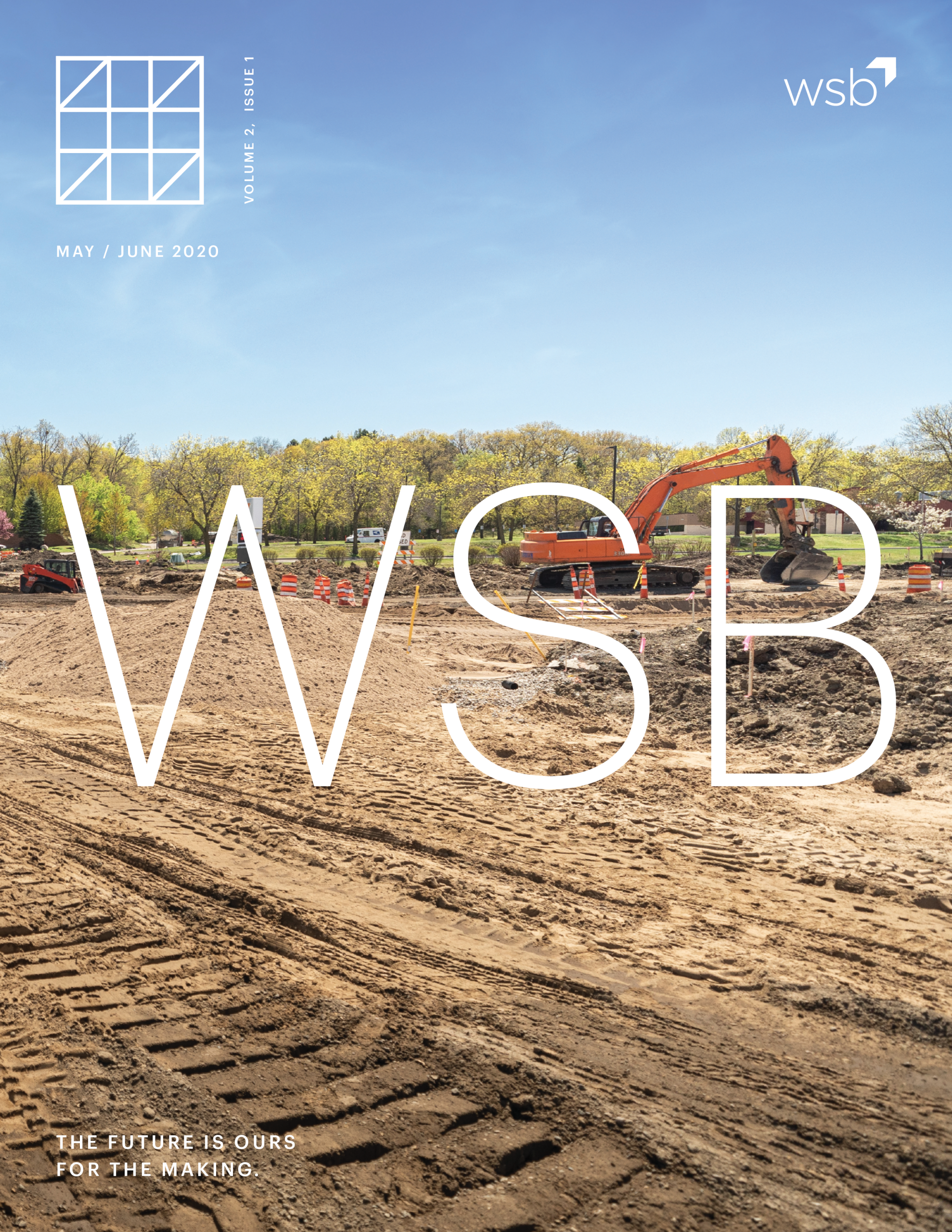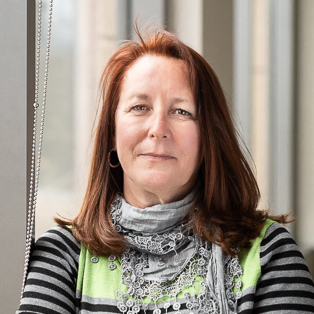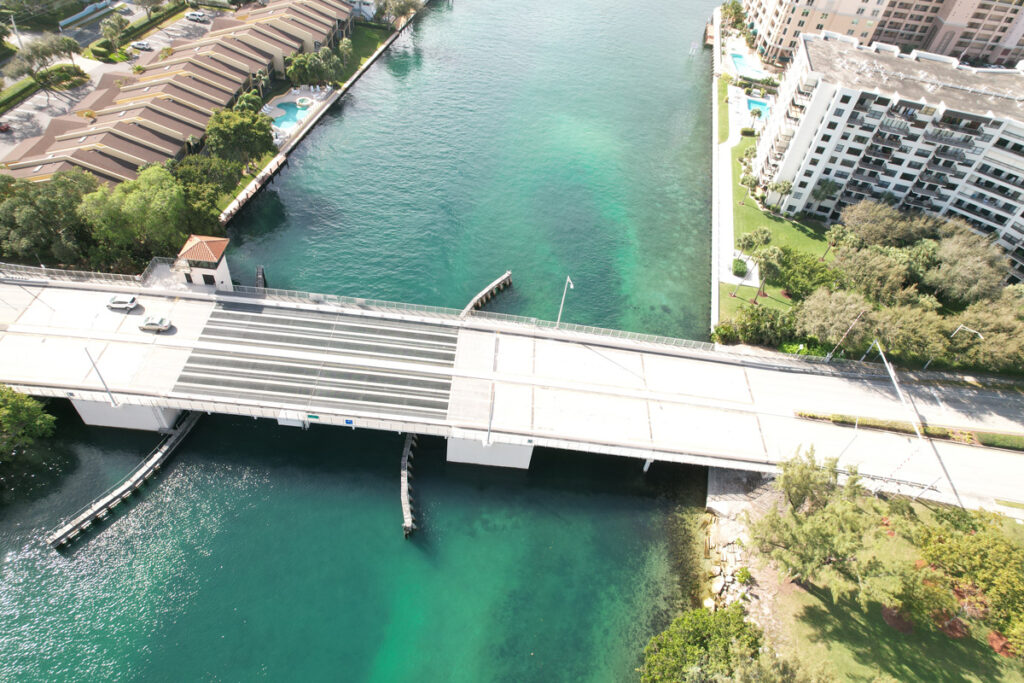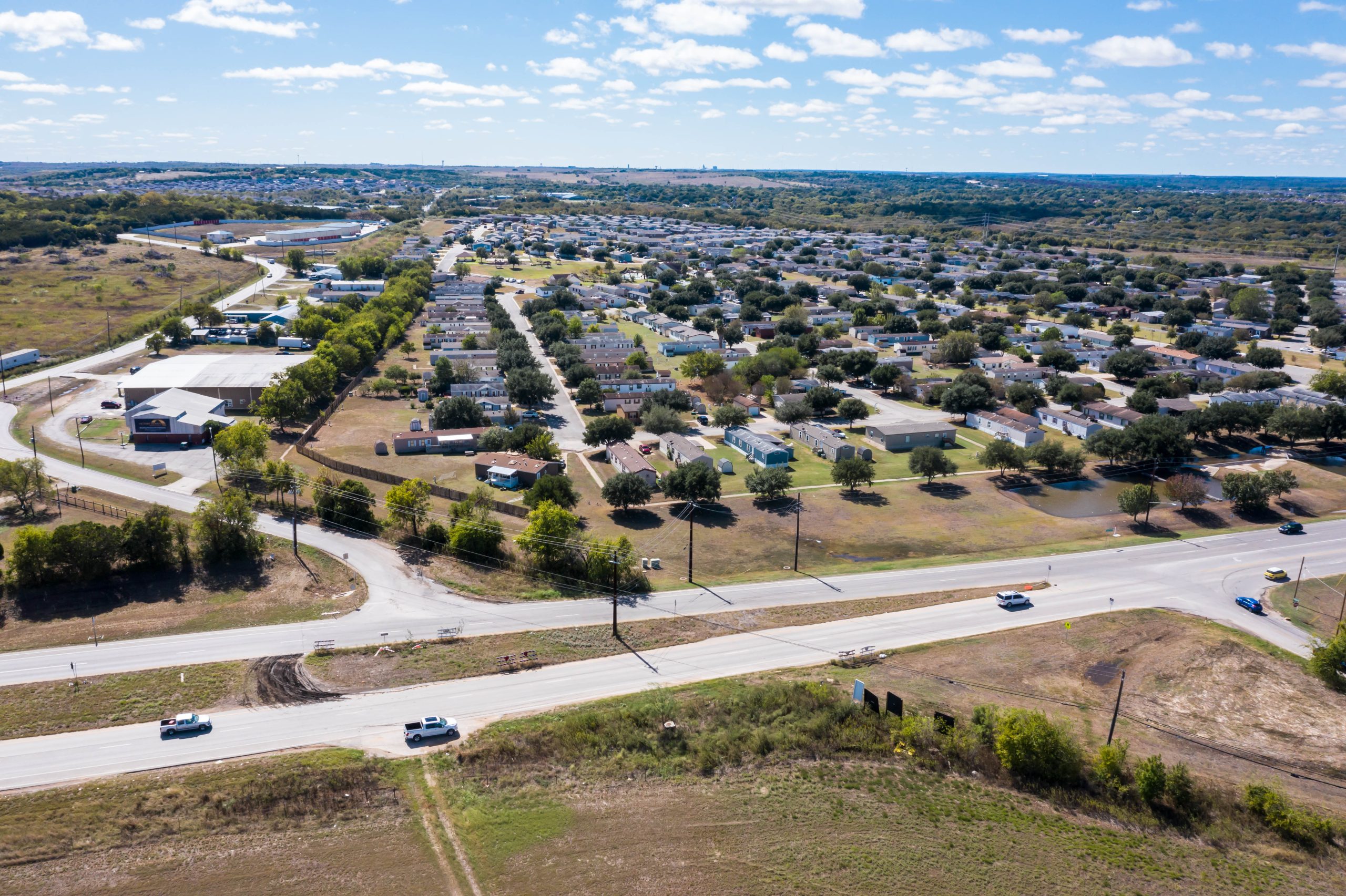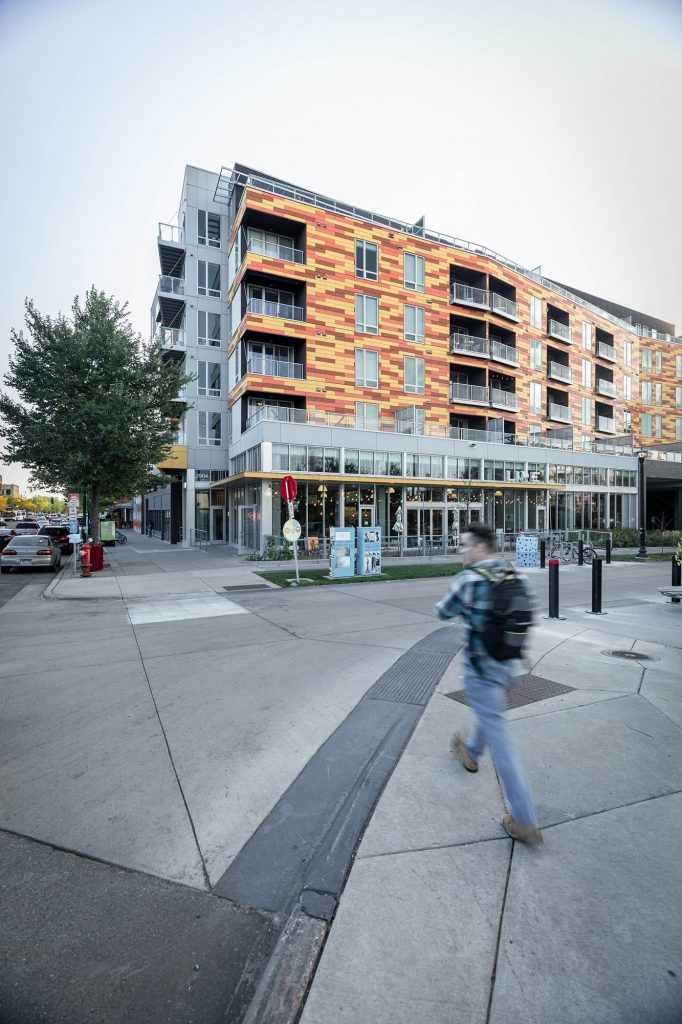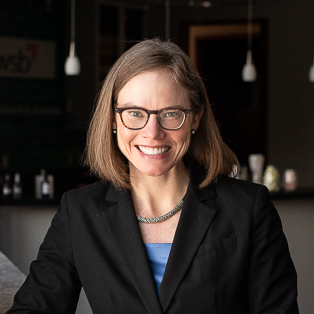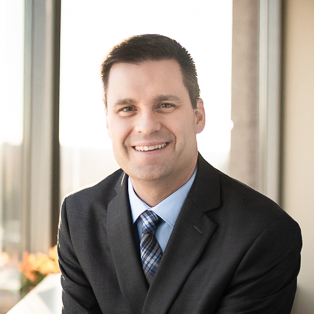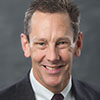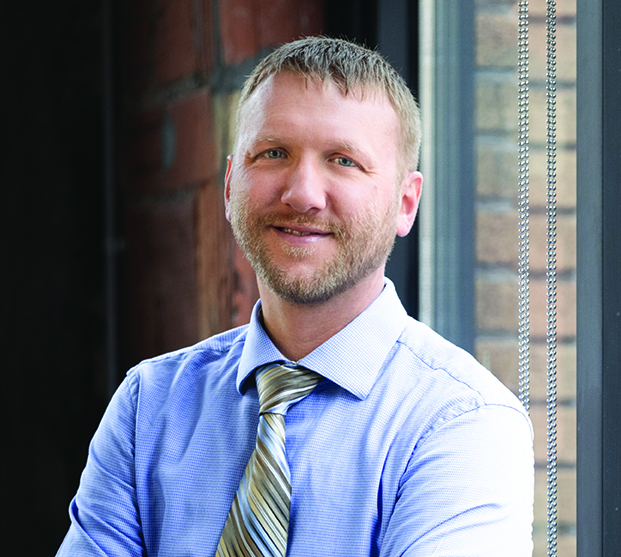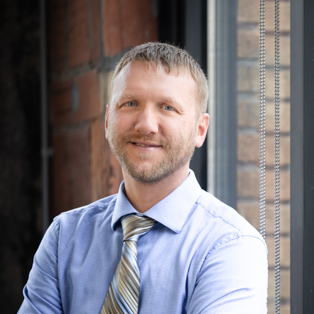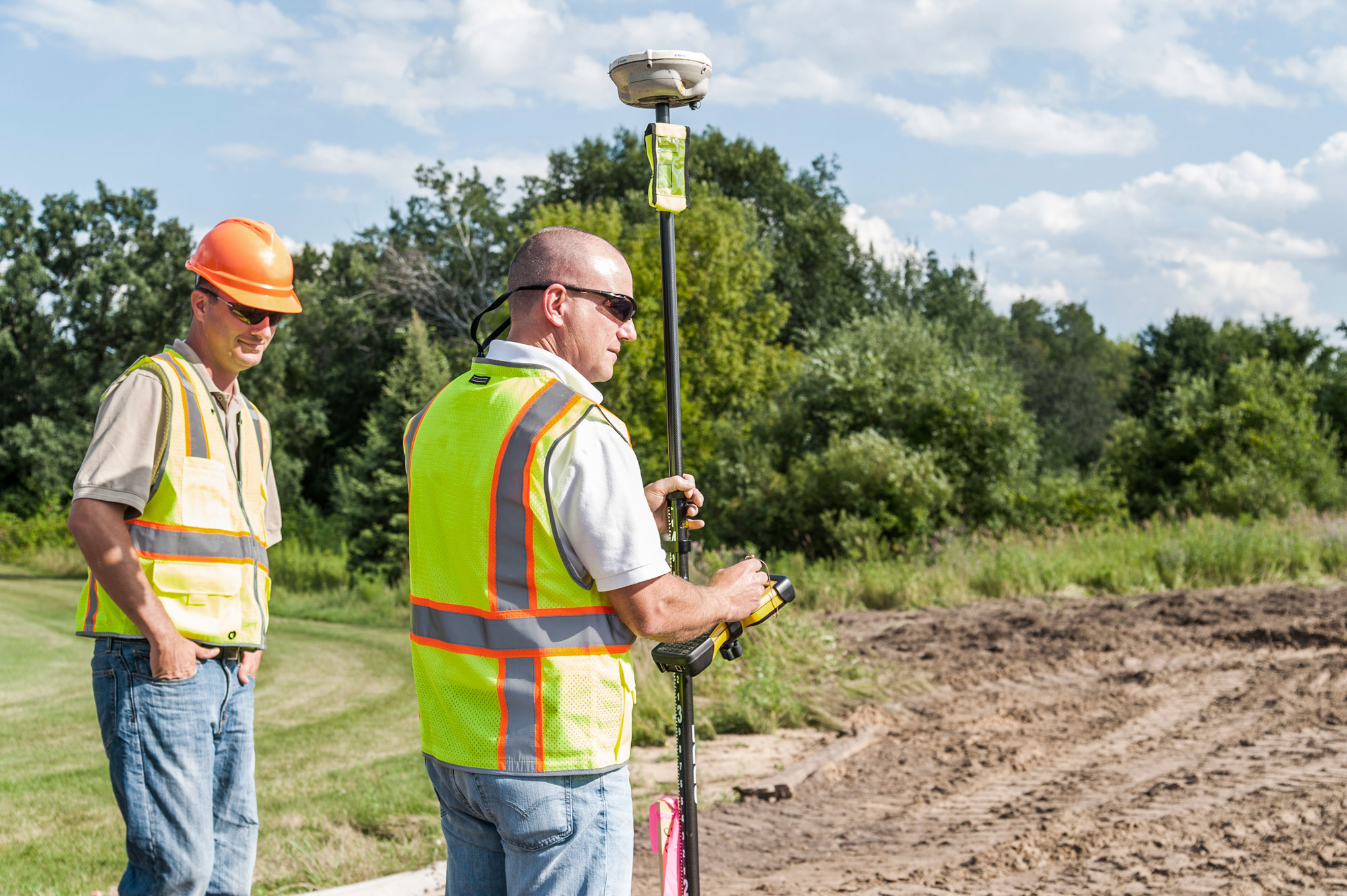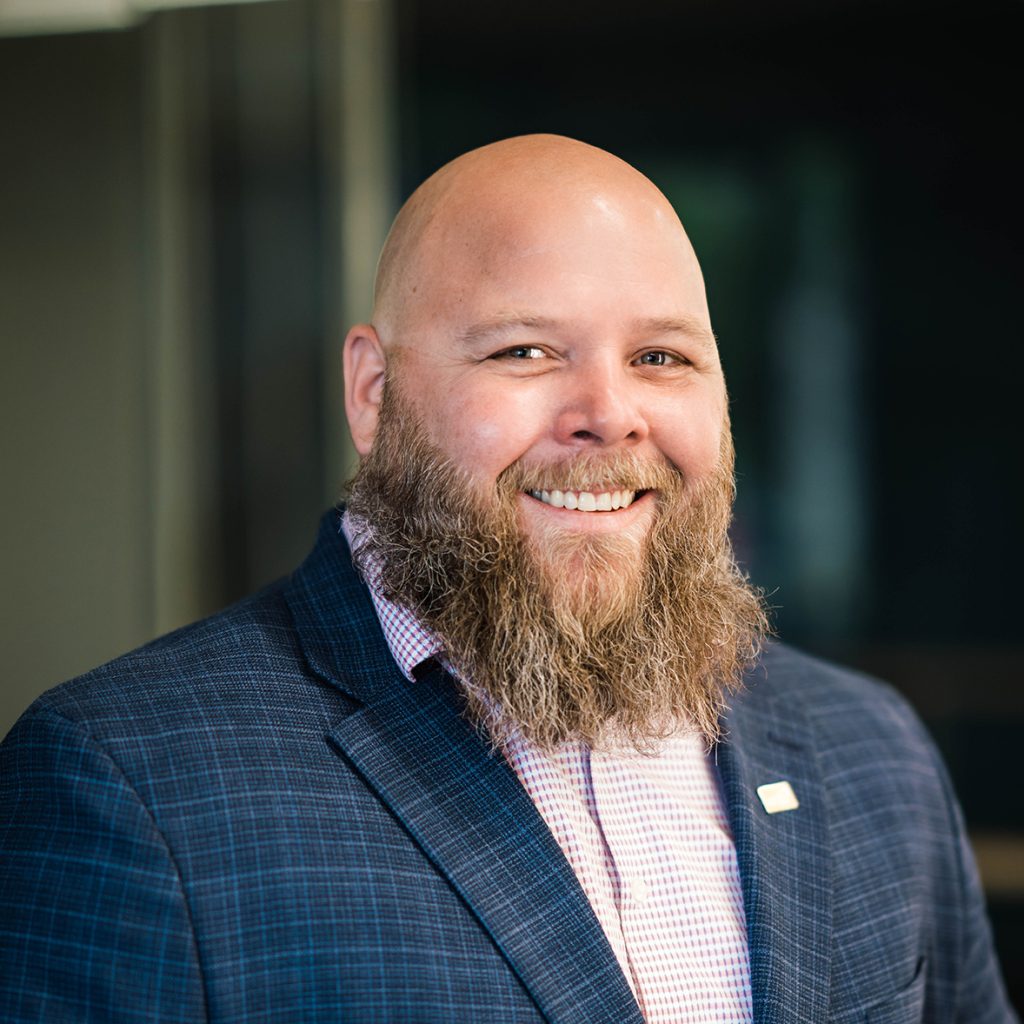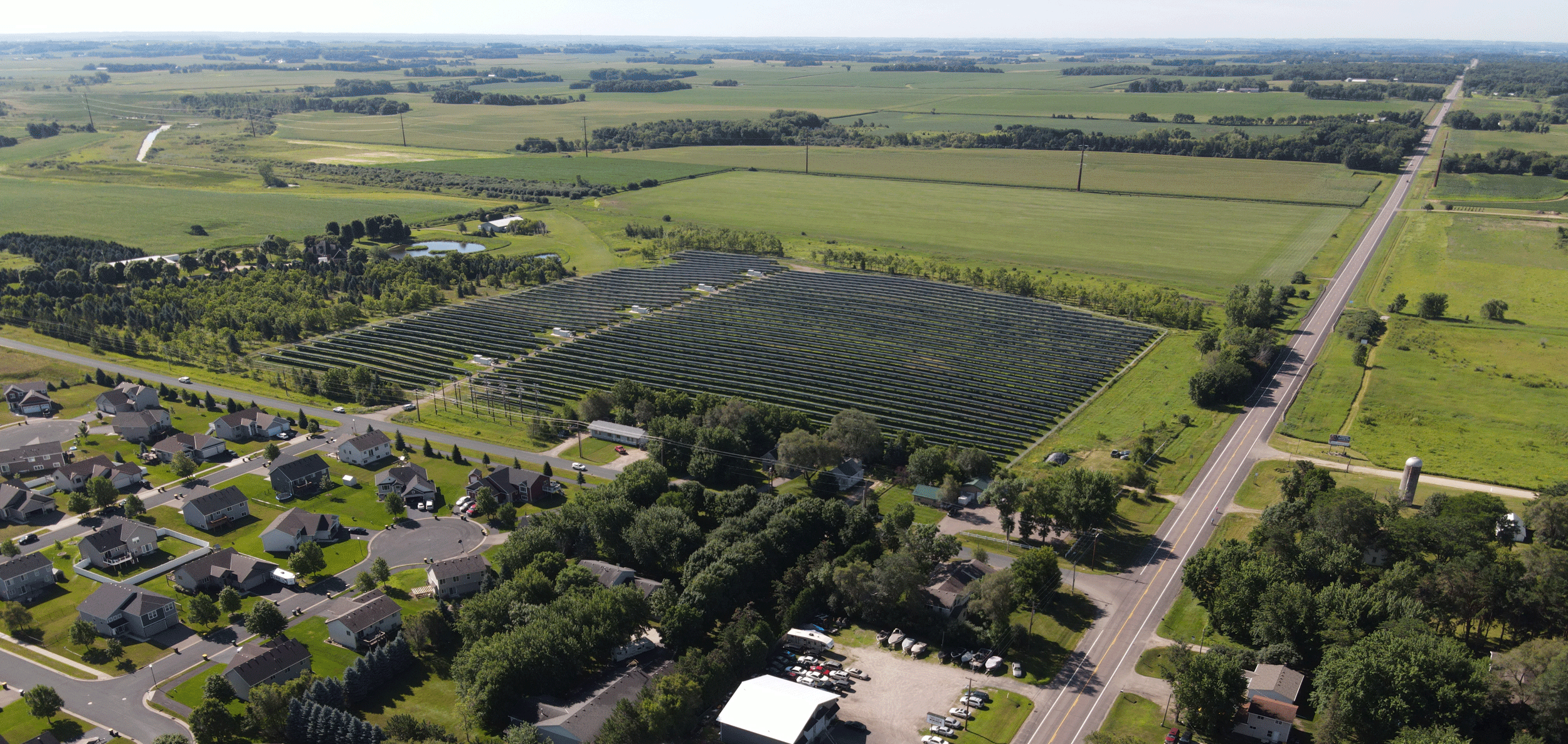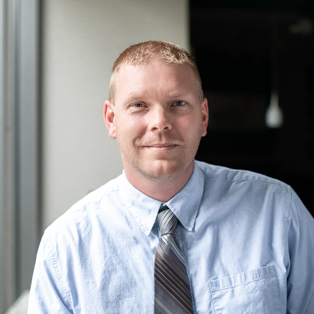In 1959, Kennedy became the first Black woman to receive an engineering degree from a school in Texas. Here, she reflects on her more than 55 years of experience since then.
In 1959, Nathelyne Archie Kennedy became the first Black woman to receive an engineering degree from a school in Texas. She is the president and founder of Nathelyne A. Kennedy & Associates, Inc., a Houston-based civil engineering firm that was acquired by WSB in 2019. Committed to advancing the engineering profession, Kennedy has served on the Texas Turnpike Authority Board of Directors and on advisory committees for Texas Southern University, University of Houston Downtown, and her own alma mater, Prairie View A&M University. In 2006 Prairie View named the Nathelyne Archie Kennedy Building, housing the School of Architecture and Art, in her honor. Here, Nathelyne reflects on her more than 55 years working in the engineering industry.
“I hope to see more women heading up their own firms,” Kennedy says. “Engineering is not a male field, it’s just male dominated. I would like to see more women seize opportunities.”
A conversation with Nathelyne A. Kennedy.
WSB: How did you end up in engineering?
Nathelyne Kennedy: I decided to major in engineering after one of my teachers brought it to my attention. My original plan was to major in math and become a teacher like my father. I thought, “If this doesn’t work out, I can always be a teacher,” so I decided to major in engineering. I found out when I started school that there were only two women majoring in engineering and only one graduated – me. After that, things moved fast. I didn’t know that I was the first Black female to receive an engineering degree in Texas. In the beginning, I struggled to get hired even though I graduated at the top of my class. The men easily found employment over me. But eventually, I was hired by an engineering firm after they decided to give me a one-week trial in Chicago. I pounded the pavement hard in Chicago and eventually moved on to a mid-size engineering firm – again after a one-week trial period. That one week turned into 12 years.
Eventually, life led us back to Houston. I took some time off to raise my kids and then eventually started my own firm in 1981, Nathelyne Kennedy & Associates, Inc. We continued to grow and build our networks and today, I still work with some of the same people from the ‘80s. For 38 years, we operated as NAK and I’m proud of all that we have accomplished. In 2019, NAK was acquired by WSB, a Minneapolis-based design and consulting firm. It’s bittersweet to hand over what I’ve built, but I’m looking forward to what’s next and know NAK is in good hands.
WSB: How did your role as president of NAK evolve over time?
NK: Everything has changed. At the beginning, I was doing everything myself. We were growing, things started changing fast and I couldn’t do it all. My job shifted toward marketing, business development, and managing the office. When I found out things I needed to do, I learned. I didn’t know I was going to have to go out and talk to people. I was used to sitting in the office. I had to practice how to build my network. I eventually learned to enjoy it because I learned a lot and had the chance to meet many wonderful people. I was new to people and they were curious about me. Right away, we started winning prime work. Designing roads and streets, then bridges. Word got around about us and we continued to grow.
WSB: What were some challenges of owning your own business?
NK: We were a small firm and getting new, young people to come and work for me was a challenge. They would come and get a little experience and then leave for larger firms. The bigger the better it seemed in their minds. Today, I still have two people that have been with me for 30 years, and three people for more than 20 years – and they were the key people that helped build NAK into what it is today.
WSB: What has been the most rewarding part of your career?
NK: The most rewarding part is the people – my staff and other engineering firms. It’s also realizing that we have been successful and have proved that we can do it. I’m proud of our recognition over the years. I have to say that the most rewarding part is not knowing if I could do it, and then achieving success. It has given meaning to my life and I’m proud of what we’ve accomplished. It’s been a very rewarding journey.
WSB: What is the proudest moment of your career?
NK: The proudest moment of my career was when I was selected as Houston’s Engineer of the Year in 2016. In the 70 years they’ve given out the award, I have been the only female to receive it. It was a huge honor. It reinforced that I have accomplished something. Not one woman before me, not one after me. I am still the only one in 70 years.
WSB: Who has been the biggest influence in your life?
NK: My parents. My mother was the mother everyone should want. My father was liked by everyone. My mother stayed at home and raised us, and my father was an agriculture teacher. He taught me a lot about money, saving, and people. They were my best teachers. I don’t know of anyone who was better or meant more to me than the two of them. I think about them every day.
WSB: If you could give someone starting their career one piece of advice, what would it be?
NK: Try to learn as much as you can about your craft and business, but don’t learn too much that it will cause you to change your mind. If I had been told it would be this hard to do this, I would have probably looked at something else, but sometimes it is best to just jump in the fire. If you jump in and work your way out it’s amazing how much you learn. To me, that was the best part of business. There is so much enjoyment in learning and meeting people. Deep down, I believe people are nice and that they want to help you. Everywhere I have lived and everywhere I have worked, I’ve loved meeting people, especially my staff.
WSB: What do you hope to see in the future for the engineering industry?
NK: I hope to see more women heading up their own firms. Engineering is not a male field, it’s just male dominated. I would like to see more women seize opportunities.
WSB: What is the most important life lesson you have learned?
NK: Be nice to others – it comes back to you. Do unto others as you have them do unto you. I grew up with that and I really believe in it.
This article originally appeared in the June 28, 2021 issue of the Zweig Letter.
